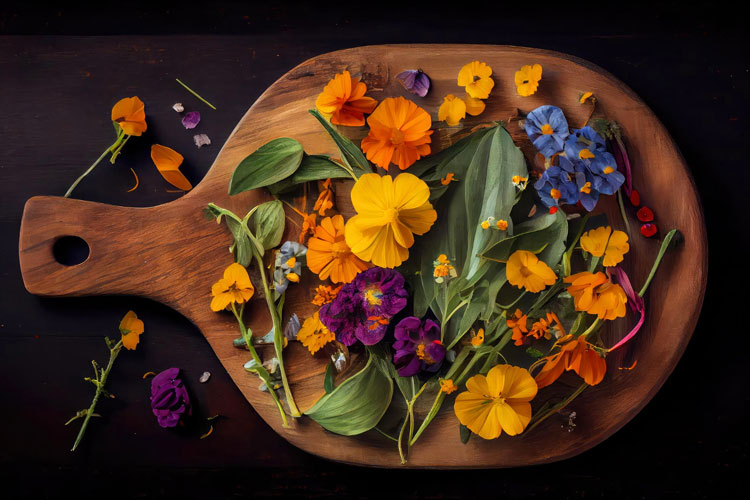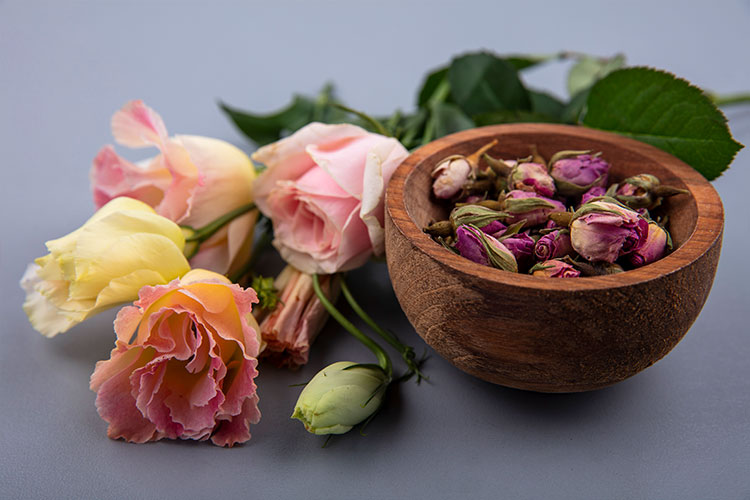Edible Flowers: Beauty You Can Eat! A Glimpse into Indian History
Edible Flowers: Beauty You Can Eat! A Glimpse
into Indian History
In the rich
tapestry of Indian culture and cuisine, flowers have long been cherished. From
sacred ceremonies to vibrant festival decorations, they’re an essential part of
our traditions. But here's a delightful secret: some of these stunning blooms
also star in our kitchens! Edible flowers have been treasured in Indian
history, not just for their beauty, but for their unique flavors and remarkable
medicinal properties.
Ancient Traditions
In ancient
India, the use of edible flowers was well-documented in Ayurvedic texts.
Ayurveda, the traditional Indian system of medicine, emphasizes the balance of
flavors and the use of natural ingredients to maintain health. Edible flowers
such as roseand hibiscus were commonly
used not only for their delightful flavors but also for their therapeutic
benefits. Rose petals, for instance, were used in various dishes and drinks,
celebrated for their cooling properties and gentle, sweet taste.
Flowers in Festive Feasts
During
festivals and special occasions, edible flowers often made their way into
sumptuous feasts. The marigold, or genda, though often seen as a decorative
flower in garlands and rangoli designs, also had culinary uses. Its petals were
used to infuse a subtle flavor into sweets and savory dishes, symbolizing auspiciousness
and joy.
Another
flower with historical significance is the lotus. Revered as a symbol of purity
and enlightenment, the lotus flower and its seeds were utilized in traditional
Indian cuisine. Lotus seeds, or makhana, were roasted and added to sweets and
snacks, while the flower’s tender stems were incorporated into curries and
salads.
Medicinal Uses
In addition
to their culinary uses, many edible flowers were valued for their medicinal
properties. The hibiscus flower, known as gudhal in Hindi, was traditionally
used to make a refreshing herbal tea known as hibiscus tea or roselle tea. This
tea was celebrated for its antioxidant properties and its role in maintaining
blood pressure and digestion.
Modern Rediscovery
In recent
years, there has been a resurgence of interest in edible flowers, with chefs
and home cooks alike rediscovering their place in contemporary Indian cuisine.
Flowers like pansies, nasturtiums, and chamomile are now finding their way into
salads, desserts, and beverages, adding a touch of elegance and a burst of
flavor to traditional dishes.
Conclusion
The history
of edible flowers in India is a testament to the rich cultural heritage and
deep connection with nature that defines Indian cuisine. From ancient Ayurvedic
practices to modern culinary innovations, edible flowers continue to enchant
and inspire, proving that beauty and flavor truly can go hand in hand. So, next
time you admire a bloom, remember—some of them are not just for looking at;
they’re also for tasting! 🌸🍴







